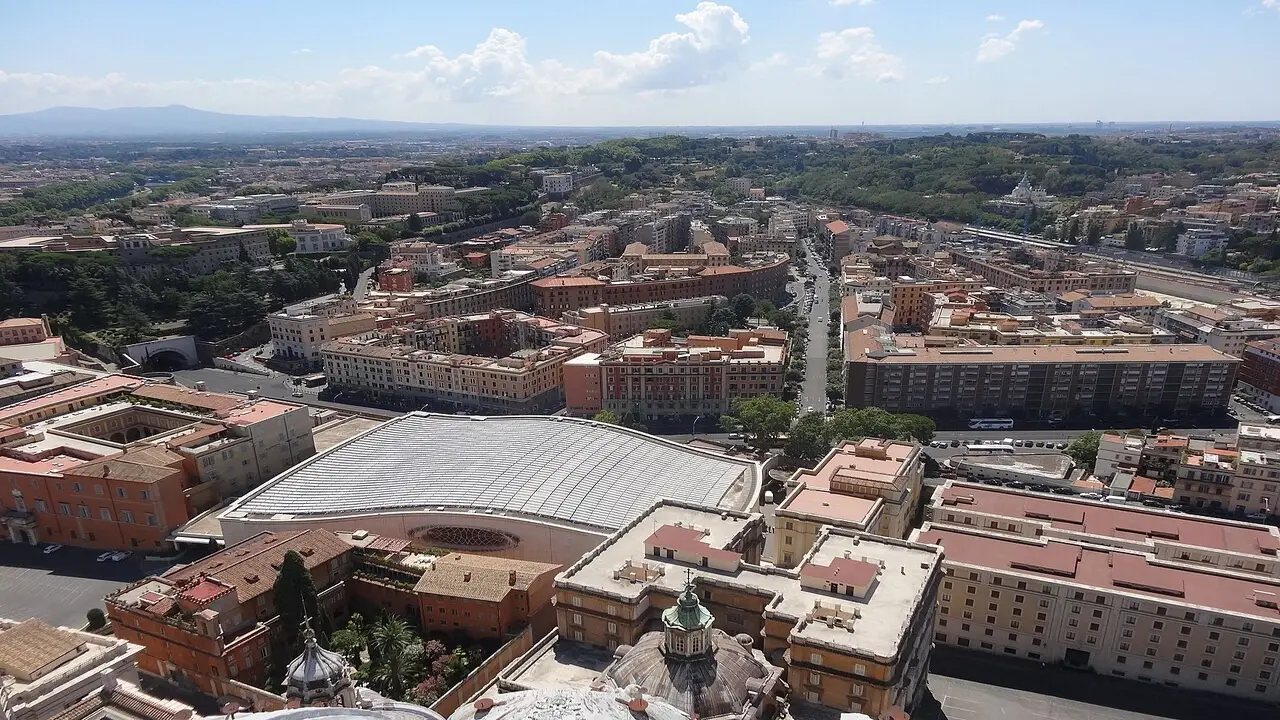The Vatican has made world history as the eighth country to run entirely on clean energy. Despite its small area and limited resources, as a result of long-term projects undertaken, the country’s entire energy needs are now met by renewable sources. This transformation is not only an environmentally friendly step but also a viable model for small cities and countries.
The Vatican will be powered entirely by clean energy
The energy transformation process, initiated by a decision made in 2014, took place in an almost entirely built-up area of 0.44 square kilometers. This microstate, where alternatives other than solar energy were physically unfeasible, was forced to develop innovative solutions to generate its energy.

Moreover, despite a population of only 1,000, the Vatican welcomes approximately 6.76 million visitors annually and boasts institutions such as Vatican Radio, which has been broadcasting since 1931 and is known for its high energy consumption. One of the key projects in this transformation was the complete renovation of the Vatican Museums’ glass roof.
The upper section of this historic structure was replaced with specially manufactured, translucent solar panels. These panels, which allow natural light to pass through, generate approximately 164 MWh of electricity annually. This system also has an installed capacity of 135 kW, meeting the majority of the museum’s energy needs.
Renewable energy production is not limited to the city limits. An agrivoltaic system was installed on approximately 1,000 acres of agricultural land belonging to the Pope near Rome. The panels, spaced high and sparsely, not only generated electricity but also allowed the agricultural activities under them to continue uninterrupted. The energy generated from this system reached a capacity sufficient to meet all the needs of Vatican Radio. This not only increased energy production but also ensured food security.
Significant steps were also taken in transportation. To reduce fossil fuel consumption, 35 electric vehicle charging stations were installed across the country. Additionally, 40 Volkswagen electric vehicles were added to the Vatican fleet, making urban transportation completely emission-free.













